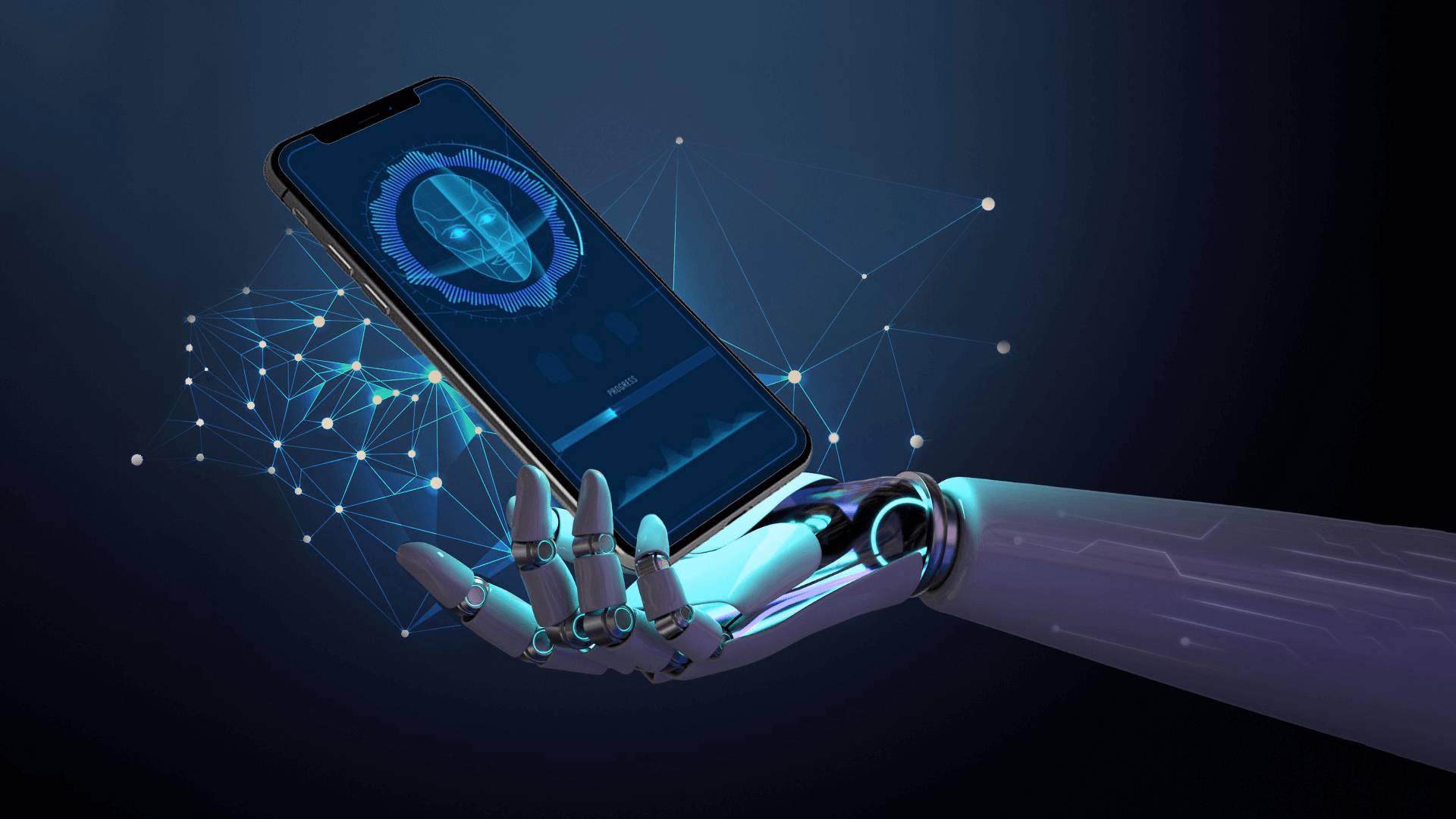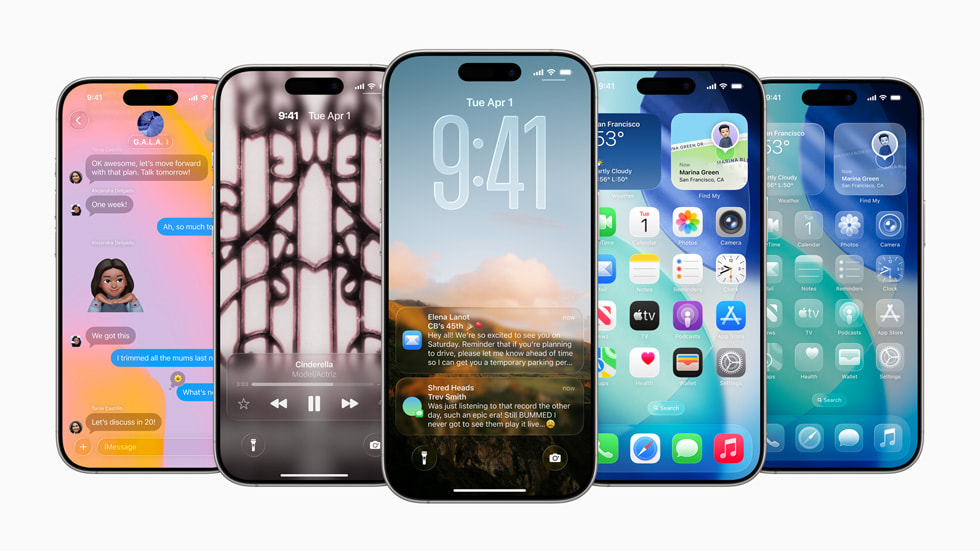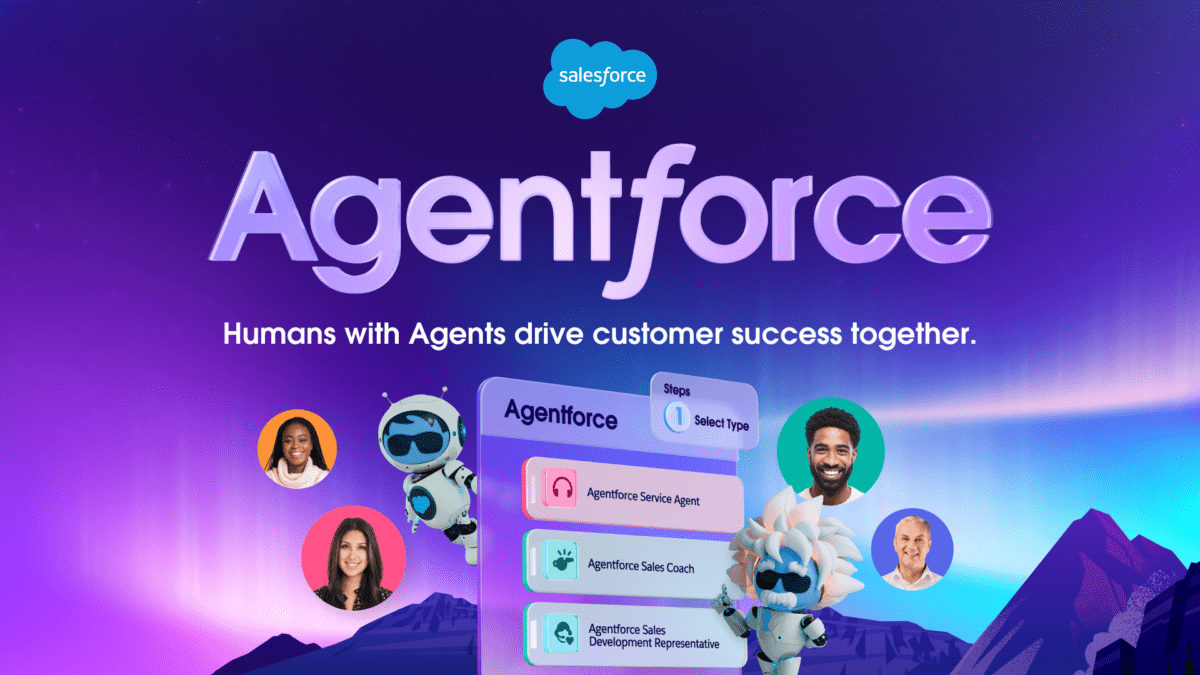Generative AI (GenAI) is rapidly transforming the landscape of iOS app development, moving beyond simple automation to enable apps that are smarter, more personalized, and incredibly efficient. From conceptualization to deployment, GenAI is reshaping how developers build for Apple’s ecosystem, promising a future where app creation is faster, more innovative, and accessible to a wider range of creators.
The Generative AI Revolution in iOS
Traditionally, iOS app development has been a meticulous process, demanding significant coding, design, and debugging efforts. Generative AI is changing this by automating repetitive tasks, suggesting intelligent solutions, and even creating original content. This shift is empowering developers to focus on higher-level problem-solving and creative endeavors, ultimately leading to richer user experiences.
How Generative AI is making an impact:
- Accelerated Development Cycles: GenAI tools can generate boilerplate code, API structures, and even entire functions from simple prompts, dramatically reducing development time. This translates to faster prototyping, quicker iterations, and more frequent updates.
- Hyper-Personalized User Experiences: By analyzing user behavior, preferences, and past interactions, GenAI can dynamically create tailored content, recommendations, and even adapt UI elements in real-time. This level of personalization enhances user engagement and satisfaction.
- Smarter UI/UX Design: Designers can leverage GenAI to generate multiple layout suggestions, complete with color schemes, fonts, and interaction patterns, from textual descriptions. Some tools even produce production-ready code, bridging the gap between design and development.
- Automated Testing and Debugging: GenAI can generate unit tests, simulate real-world user interactions, and proactively detect anomalies and bugs. Furthermore, some platforms can even suggest and implement fixes, leading to more reliable apps and fewer user complaints.
- Lowering the Barrier to Entry: With no-code and low-code platforms integrating GenAI, even individuals with limited technical knowledge can describe their app vision and see it come to life, democratizing app development.
Key Tools and Techniques
The burgeoning ecosystem of GenAI tools is providing iOS developers with unprecedented capabilities:
Tools:
- Code Generation Assistants: Tools like GitHub Copilot and Amazon CodeWhisperer act as intelligent coding partners, suggesting real-time code snippets, functions, and even entire files based on context.
- Apple’s Own Frameworks: Core ML allows developers to integrate machine learning models directly into iOS apps, enabling on-device AI capabilities for tasks like image recognition, natural language processing, and predictive analytics, all while prioritizing user privacy. Apple’s increasing focus on on-device AI, particularly with advancements like the Neural Engine, further empowers developers to build high-performance, intelligent applications.
- Cloud-Based AI Services: Platforms like Google Gemini, OpenAI (ChatGPT, DALL-E), and Azure AI offer powerful APIs for tasks such as natural language generation, image creation, and advanced conversational AI, which can be integrated into iOS apps.
- No-Code/Low-Code Platforms: Platforms like Appy Pie’s AI App Generator allow users to create functional apps from text or speech prompts, significantly simplifying the development process for those without extensive coding backgrounds.
- Specialized AI Development Environments: Tools like Firebase Studio are emerging as comprehensive cloud-based environments for prototyping, building, and running full-stack AI apps, seamlessly integrating with services like Gemini.
Techniques:
- Prompt Engineering: Crafting effective and precise prompts is crucial for getting the desired output from generative models, whether it’s for code, text, or images.
- Fine-tuning Pre-trained Models: Developers can take pre-trained general-purpose GenAI models and fine-tune them with app-specific data to achieve more accurate and relevant results for niche use cases.
- On-device AI (Edge AI): Leveraging Apple’s Core ML and Neural Engine to run AI models directly on the device enhances performance, reduces latency, and significantly improves user privacy by minimizing reliance on cloud processing.
- Retrieval-Augmented Generation (RAG): Combining generative AI with real-time data retrieval allows apps to provide more accurate and contextually relevant responses, particularly useful for intelligent agents and chatbots.
- AI-driven A/B Testing: GenAI can quickly generate different app versions for A/B testing, enabling developers to rapidly identify optimal designs and features.
Future Prospects
The trajectory of Generative AI in iOS app development points towards an incredibly exciting future:
- Smarter, More Intuitive Interactions: Expect apps that understand user intent with greater nuance, offering truly conversational interfaces and proactive assistance based on predictive analytics. Siri and similar voice assistants will become far more capable.
- Dynamic and Adaptive Interfaces: UI/UX will move beyond static designs to fluid interfaces that learn and adapt in real-time to individual user behavior, preferences, and even emotional states.
- Automated Content Creation within Apps: Imagine apps that can generate personalized stories, unique images, or even short video clips for users directly within the application, fostering unprecedented creativity and engagement.
- Enhanced Developer Productivity: AI will continue to automate more aspects of the development lifecycle, allowing developers to focus on innovative problem-solving and designing unique value propositions. The role of the developer will shift towards managing and orchestrating AI tools.
- Hyper-Personalized Learning and Healthcare: In educational apps, AI could generate custom learning paths and exercises. In healthcare, it could provide personalized health insights and support based on user data, while adhering to strict privacy protocols.
- New Business Models and Niche Markets: The reduced cost and accelerated development time empowered by GenAI will enable the creation of highly specialized micro-apps and new business models that were previously unfeasible.
Challenges and Considerations:
Despite the immense promise, integrating GenAI also brings challenges. Data privacy and security remain paramount, especially with on-device processing. Developers must also be mindful of potential biases in AI models and ensure their applications are inclusive and ethically designed. The computational power and expertise required for training advanced GenAI models can also be a hurdle.
Conclusion
Generative AI is not merely an enhancement; it’s a paradigm shift for iOS app development. By offering powerful tools for automation, personalization, and creative generation, it is empowering developers to build applications that are more intelligent, efficient, and deeply engaging. As Apple continues to integrate AI capabilities at the OS and hardware level, the future of iOS apps, shaped by the power of generative AI, promises to be truly revolutionary. The era of the “smart” app is here, and it’s only just beginning.




